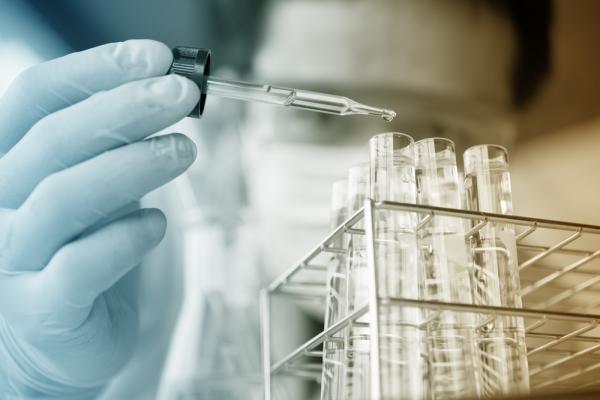
April 25 (UPI) — Researchers at the University of Virginia have developed a new technique that will allow a single cancer research lab to do the work of dozens of labs.
The lentivirus-based rapid gene replacement technique enables scientists to analyze the effects of gene mutations at an unprecedented speed and scale for a fraction of the cost of traditional methods.
The technique could not only benefit cancer research but also research into other diseases driven by gene mutations, such as cystic fibrosis or Alzheimer’s disease.
With this technique, doctors will be able to think about the right drug to treat a patient’s specific gene mutation, not the right drug to treat a certain disease.
“The problem in the cancer field is that they have many high-profile papers of clinical trials [that] all failed in some way,” J. Julius Zhu, a researcher at UVA who helped create the new technique, said in a press release. “We wondered why in these patients sometimes it doesn’t work, that with the same drug some patients are getting better and some are getting worse. The reason is that you don’t know which drugs are going to help with their particular mutation. So that would be true precision medicine: You have the same condition, the same syndrome, but a different mutation, so you have to use different drugs.”
The technique uses an HIV-like virus to replace genes with mutant genes, so scientists can better understand the effects of gene mutations.
Zhu and his team analyzed approximately 50 gene mutations of the BRaf gene, mutations that have been associated with tumors and a neurodevelopmental disorder known as cardio-facio-cutaneous syndrome.
“Every patient shouldn’t receive the same treatment,” Zhu said. “No way. Not even if they have the same syndrome, the same disease. It’s very individual in the patient, and they have to be treated in different ways.”
The technique could even allow researchers to revisit failed experimental treatments to determine why they failed and identify patients in which they would be most effective.
The study was published in Genes & Development.





